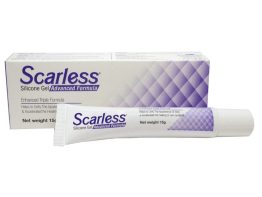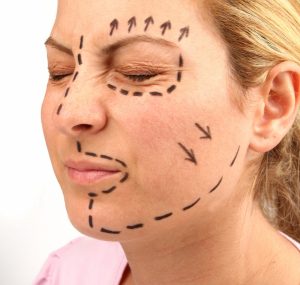Silicone scar sheets are a trusted, non-invasive treatment for reducing the appearance of scars. They have gained popularity for their ability to soften, flatten, and fade scars caused by surgeries, injuries, burns, and acne. While silicone scar sheets are generally safe and effective, it’s important to know the potential side effects before beginning treatment. Here’s what you need to know to ensure safe and effective use of silicone scar sheets.
How Silicone Scar Sheets Work
Before discussing the potential side effects, it’s helpful to understand how silicone scar sheets work. These sheets are made from medical-grade silicone, which creates a breathable, protective barrier over the scar. This barrier helps lock in moisture, reduce inflammation, and prevent excessive collagen production, often responsible for raised or thickened scars. Silicone scar sheets are commonly used to treat hypertrophic and keloid scars, but they can also be effective for other types of scarring.
Common Side Effects of Silicone Scar Sheets
Although silicone scar sheets are generally well-tolerated, a few side effects may occur, especially for individuals with sensitive skin or those who do not follow proper usage guidelines. Here are the most common side effects:
Skin Irritation and Redness
Skin irritation is one of silicone scar sheets’ most common side effects. Some individuals may experience redness, itchiness, or discomfort where the sheet comes into contact with the skin. This reaction is usually mild and temporary, but it can be more pronounced in some cases.
Since the scar sheet continuously covers the skin, it can cause increased sensitivity, especially in individuals with delicate or sensitive skin. Friction from the sheet, sweat, or trapped moisture can also contribute to irritation.
Allergic Reactions
Some individuals may be allergic to the silicone material or adhesives used in the sheets. This reaction might result in redness, swelling, or a rash around the application site.
Allergies to silicone are uncommon, but people with sensitive skin or a history of allergic reactions to medical adhesives may experience problems.
Sweating and Moisture Buildup
Because silicone scar sheets create an occlusive barrier over the skin, they can sometimes trap sweat and moisture underneath. This can lead to excessive moisture buildup, particularly in hot or humid climates, and may cause maceration (skin softening).
The sheets are designed to hold moisture, which promotes scar healing. However, too much moisture can cause the skin to become overly soft, causing irritation or even small blisters.
Breakouts
In some cases, breakouts or acne-like spots may develop in the area covered by the silicone sheet, especially for individuals with acne-prone or oily skin. This can happen when the skin becomes clogged due to excess moisture and oil trapped beneath the sheet.
Silicone sheets block the skin’s natural ability to release sebum and sweat, potentially leading to clogged pores and breakouts.
How to Use Silicone Scar Sheets Properly
To avoid side effects and get the best results from silicone scar sheets, follow these steps:
- Clean the Area: Always dry the scarred area thoroughly before applying the sheet to prevent dirt or bacteria from accumulating under it.
- Apply the Sheet Correctly: Make sure the silicone sheet covers the entire scar without pulling or wrinkling the skin. It should lay flat and snug but not so tight that it restricts movement or blood flow.
- Remove and Clean Regularly: Remove the silicone sheet at least once daily to clean your skin and the sheet. Many silicone sheets are washable and reusable.
- Follow Usage Instructions: Wear the sheet as directed by the product instructions, typically for several hours each day. Gradually increase wear time to allow your skin to adjust.
- Replace as Needed: If the sheet becomes worn out or damaged, replace it according to the manufacturer’s recommendations for optimal results.
Conclusion
Silicone scar sheets are widely recognized as a safe and effective way to reduce the appearance of scars. Still, it’s important to be mindful of potential side effects, especially for sensitive skin or allergies. You can maximize the benefits of silicone scar treatment by following the proper usage instructions and taking steps to minimize issues like skin irritation and moisture buildup. Scarless Silicone Gel offers similar benefits with a more flexible application if you’re looking for an alternative to sheets. It can help flatten and soften scars without needing continuous coverage, making it an excellent choice for those who prefer a more lightweight, adaptable option.
-
Product on sale
 Scarless Silicone GelOriginal price was: $ 43.00.$ 34.95Current price is: $ 34.95.
Scarless Silicone GelOriginal price was: $ 43.00.$ 34.95Current price is: $ 34.95.


